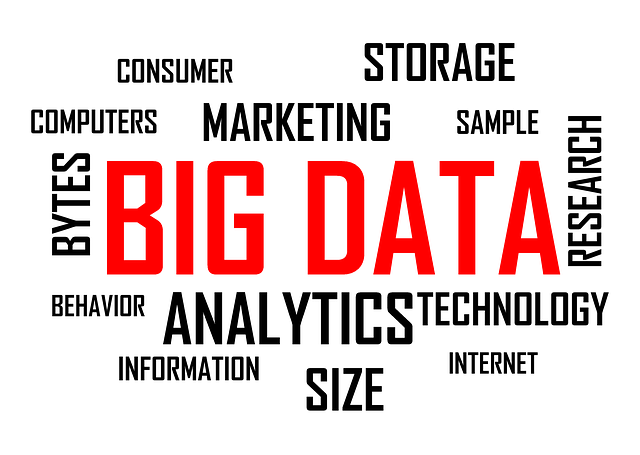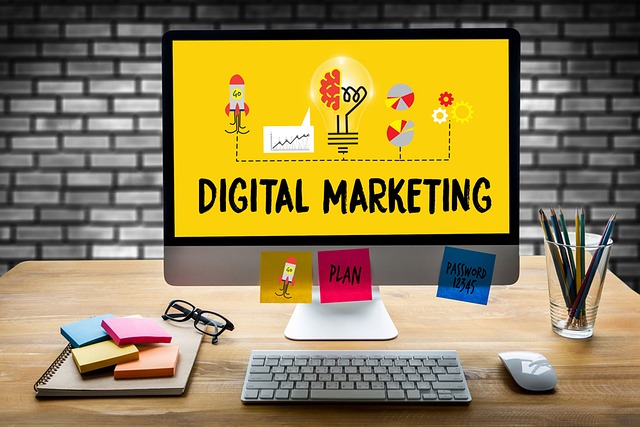-By: Bhavisha Changrani
In a world where consumer privacy concerns are on the rise and third-party cookies are being phased out, marketers are searching for new ways to gather data while maintaining trust with their audiences. Enter zero-party data—a game-changing concept that is becoming the new goldmine for businesses seeking to build more personalized, effective marketing strategies.
But what exactly is zero-party data? And why is it so important? Let’s dive into how this data type is reshaping digital marketing and why you should consider incorporating it into your strategy.

What Is Zero-Party Data?
Zero-party data refers to the information that a consumer explicitly shares with a brand, often through surveys, preferences, or feedback forms. Unlike first-party data (which is collected from user interactions, like browsing behavior or purchase history), zero-party data is proactive, meaning consumers willingly provide it, usually in exchange for value—such as personalized experiences, discounts, or exclusive content.
Examples of zero-party data include:
Survey responses
When a user fills out a questionnaire about their interests, preferences, or needs.
Preference settings
A customer choosing their preferred product types, communication channels, or style of service.
Polls and quizzes
Engaging users with simple questions to gain deeper insights into their preferences.
Account settings
Data users explicitly share to customize their experience, like delivery preferences or favorite product categories.
Feedback and reviews
Customers providing detailed input about products or services they’ve purchased.
This type of data stands apart from first-party data because it’s given directly and intentionally by the customer, making it highly valuable.

Why Zero-Party Data Is the New Goldmine
Enhanced Personalization
In an era where customers expect personalized experiences, zero-party data is the key to unlocking deeper, more relevant interactions. Since consumers provide this data voluntarily, it tends to be highly accurate, allowing brands to tailor their offerings in ways that resonate with the individual. For instance, if a consumer shares that they prefer eco-friendly products, a brand can ensure they only receive marketing messages that align with their sustainability values. This level of precision makes zero-party data a potent tool for boosting engagement and conversion rates.
Builds Trust and Transparency
With data privacy being a top concern for many consumers, zero-party data creates an opportunity for brands to build trust. Because users voluntarily share this information, they are more likely to feel that their privacy is respected. When brands clearly communicate the value they offer in exchange for this data (e.g., a more tailored experience), customers are often more willing to provide it.
This transparency also helps mitigate potential backlash from data privacy regulations like the GDPR and CCPA, which require companies to clearly explain how customer data will be used.
First-Party Data Can’t Replace Zero-Party Data
While first-party data is valuable, it’s often collected through passive means, like tracking website behavior or analyzing purchasing patterns. This approach can lack the personal touch and depth that zero-party data provides. The key difference is that zero-party data comes directly from customers, reflecting their explicit preferences and desires—something that behavioral data alone can’t capture as precisely.
For example, a customer may browse your site for a variety of products, but it’s through zero-party data (like a questionnaire or preference survey) that you truly understand which of those products they have the most interest in or which features matter most to them.
Helps You Stay Ahead of Regulatory Changes
With the imminent phase-out of third-party cookies and growing scrutiny of data collection practices, businesses that rely on traditional forms of customer tracking may soon find themselves at a disadvantage. Zero-party data, however, is exempt from many of these concerns because it’s directly provided by the consumer, making it a sustainable, privacy-compliant alternative.
By focusing on zero-party data, companies can build a solid foundation of customer insights that won’t be disrupted by new privacy laws or technical changes in the advertising ecosystem.
Drives Customer Loyalty
Zero-party data enables brands to create hyper-relevant, value-driven experiences that foster customer loyalty. When you listen to what your customers want and consistently deliver on their preferences, they are more likely to return and engage with your brand over time.
For instance, if a beauty brand asks customers about their skin type and concerns, they can then deliver product recommendations tailored to each individual. This not only enhances the shopping experience but also strengthens the emotional connection between the consumer and the brand.

How to Collect Zero-Party Data
Create Engaging and Rewarding Surveys
Surveys are one of the easiest ways to collect zero-party data. Keep them short, simple, and interactive. The goal is to gather valuable insights while ensuring the process feels effortless for the consumer. Consider offering incentives like discounts, loyalty points, or exclusive content to increase participation.
Use Preference Centers
A preference center gives users the ability to tailor their communication preferences and update their areas of interest . For instance, a subscription service might allow users to choose which product categories they are most interested in, or a retail brand could let customers select the types of promotions they want to receive.
Interactive Quizzes and Polls
Quizzes and polls can be fun, engaging ways to gather insights while providing value. Consider using a quiz to recommend products based on user preferences or needs. Make sure the quiz is relevant to your brand and provides personalized results, encouraging users to share their answers.
Encourage Direct Feedback
Actively asking for feedback after a purchase or service experience can provide actionable insights. Encourage users to rate products, write reviews, or offer suggestions for improvements. This not only gives you valuable data but also shows customers that their opinions matter.
Offer Incentives
Incentivize consumers to share their preferences by offering rewards. Discounts, exclusive access, or special offers are great ways to motivate customers to fill out surveys or provide detailed data about their needs.

Best Practices for Using Zero-Party Data
Be Transparent
Always communicate how the data will be used and the value the customer will receive in return.
Respect Privacy
While zero-party data is willingly provided, it’s still essential to treat it with care. Follow best practices for data security and comply with privacy regulations.
Keep It Simple
Don’t overwhelm customers with long, complex forms. Make the process of sharing information as easy and frictionless as possible.
Integrate with Other Data
Combine zero-party data with first-party and third-party data (if available) to create a fuller picture of your audience’s behaviors and preferences.
Use It for Long-Term Relationships
Rather than treating zero-party data as a one-time transaction, use it to nurture long-term relationships with your audience by delivering ongoing personalized experiences.

The Future of Zero-Party Data
As digital privacy laws continue to evolve, and consumer expectations around data transparency increase, zero-party data will only become more valuable. Marketers who embrace this shift will be better positioned to build trust, improve customer relationships, and stay ahead of regulatory changes.
In this data-driven age, where personalization is paramount, zero-party data represents a powerful opportunity for brands to connect with their audiences in a meaningful way. The future of marketing is about creating more human, authentic connections—and zero-party data is the foundation for that transformation.
So, if you haven’t already, now is the time to start collecting and leveraging zero-party data. It’s not just a trend; it’s the new goldmine that will help you thrive in the evolving digital landscape.










